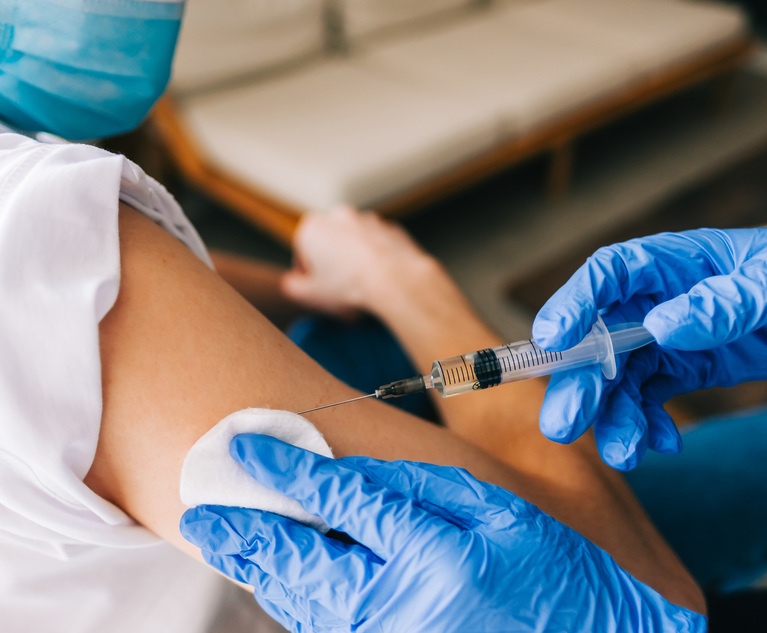In April 2020, the New York Times reported that domestic abuse was on the rise, spurred on by restrictions imposed to try to control the COVID-19 pandemic. The problem was not just in the United States, but worldwide, prompting the United Nations to call for urgent action. A common pattern was emerging in many countries where lockdowns were imposed abruptly, without first considering protections for victims of domestic abuse. About 10 days after a lockdown began, calls to domestic violence hotlines tended to spike.
In the Times article, Marianne Hester, a sociologist studying abusive relationships at Bristol University in England, cited research showing that domestic violence goes up whenever families spend more time together, such as during Christmas and summer vacations. It therefore logically followed that families locking down together would lead to the same result. Judith Lewis Herman, a renowned trauma expert at Harvard University Medical School, discussed specific ways abusers try to control their partners and children. She observed that while many people associate domestic violence with physical violence, more universal characteristics of abuse include forced isolation from family and friends, surveillance, dictating acceptable behavior, and restricting access to necessities like food and clothing. Confinement to home during the pandemic created conditions that facilitated such behaviors. Surveillance and control are easier in close quarters. For many, isolation became the norm, with access to support networks cut off or reduced.







